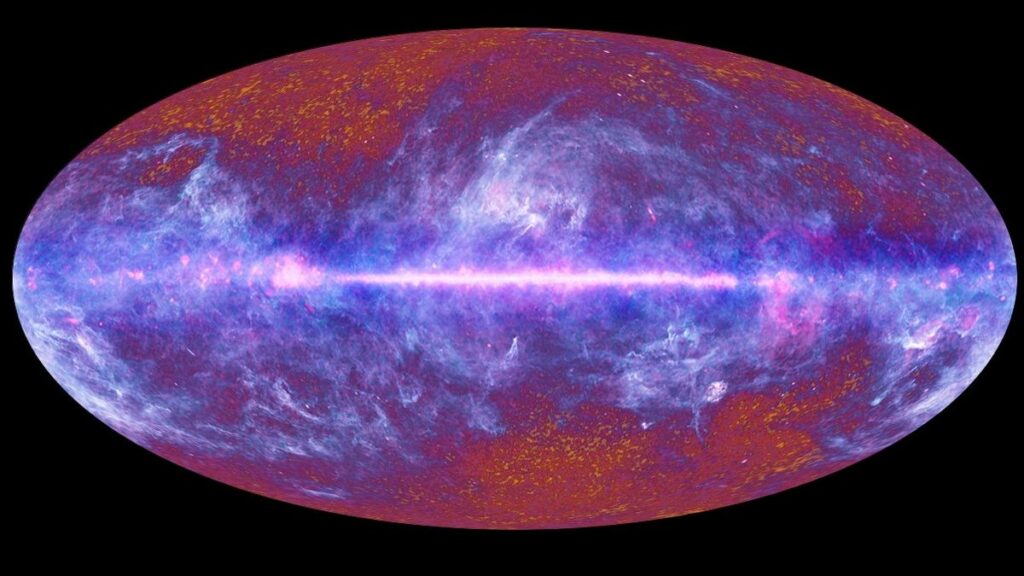The dream of flying to distant galaxies is as old as science fiction itself. After all, why wouldn’t we want to visit other parts of the universe, to see what lies beyond our Milky Way? Well, there’s one tiny issue. No, it’s not just the limit imposed by the speed of light; it’s actually because the speed of light is saving us from ourselves, helping us keep a more reasonable pace. Let’s break down why trying to zip off to another galaxy anytime soon is more complicated—and potentially impossible—than we’d like.
The Speed of Light: The Ultimate Speed Limit and Our Time-Saver
The speed of light, often cursed for being “too slow,” is, ironically, what makes cosmic travel somewhat manageable. As it turns out, traveling close to light speed brings some interesting perks. One of the most notable perks is time dilation, where the faster you travel, the slower your own experience of time becomes relative to those back home.
Imagine this: with enough acceleration, you could theoretically reach the Andromeda Galaxy (2.5 million light-years away) in just 28 years of your own time. That’s right! Twenty-eight years onboard, and you’d be knocking on Andromeda’s door, even though millennia would pass for anyone back on Earth. Sounds amazing, right?
What If There Was No Speed of Light Limit?
Let’s flip this on its head: if there were no speed of light, if Newton’s universe ruled with infinite acceleration potential, how long would it take to reach Andromeda? Not 28 years, but a mind-blowing 2,800 years. Without light speed as a limit, there would be no time dilation benefit, and you’d feel every year of the journey dragging on and on. In other words, the speed of light might just be a handy shortcut for time-conscious travelers!
The Issue with Traveling Close to Light Speed
But here’s the kicker: even if we could theoretically accelerate near the speed of light, there’s still one cosmic nuisance that’s holding us back. Enter the cosmic microwave background (CMB)—a sea of ancient light particles, or photons, left over from the Big Bang. This background radiation fills every corner of the universe, and if you’re zipping through space at near-light speed, it becomes a serious problem.
When you travel faster, the CMB photons don’t just sit quietly; they pile up in front of you, shifting to higher and higher energy states. At light speed, these photons would smash into you with such force that they’d transform into high-energy gamma rays. Think about it: you’d be barreling through an invisible wall of radiation that would become so intense it would start ripping atoms apart in front of your ship. Not exactly a relaxing cruise.

The Universe’s Speed Bump: Gamma Radiation and the CMB Barrier
The CMB essentially acts like a cosmic brake. As you accelerate, the radiation coming at you intensifies until the photons pack enough punch to start creating particle pairs—matter and antimatter—right in front of you. So even with an antimatter-powered spaceship, reaching the theoretical speed of light becomes impossible because you’re fighting against an ever-thickening fog of energetic particles.
To give you an idea of how real this is, let’s talk about ultra-high-energy cosmic rays. These particles are zipping through space at speeds that almost reach light speed, and they experience the CMB in precisely this way, like a thickening, unyielding wall. They literally feel the CMB as an obstacle, turning their vast energy into showers of secondary particles as they collide with the background radiation. These cosmic rays come from distant galaxies, too powerful to be born within our Milky Way. The phenomenon has been confirmed by cosmic ray detection, where rare events reveal these high-energy cosmic travelers crashing into our detectors with extreme intensity.
The “Galactic Eco Movement”: Why We Should Care About Our Own Galaxy
This brings us to a more philosophical point. If we can’t just up and leave for another galaxy because of all these barriers, perhaps it’s a sign that we should cherish the galaxy we have. The Milky Way is more than just a cluster of stars—it’s our cosmic home. With everything we know about the impossibility of reaching other galaxies, it’s clear that we should take better care of our galactic “ecosystem.” Think of it as a call for a cosmic conservation movement: our galaxy, with all its quirks and beauty, is pretty spectacular.
Besides, the Milky Way isn’t just a random clump of stars; it’s our backyard. It’s where we’ve evolved, where our history is, and where everything we know resides.
Final Thoughts: The Speed of Light, the CMB, and Our Galactic Perspective
The laws of physics, including the speed of light and the cosmic microwave background, aren’t just limiting us—they’re grounding us in our place in the cosmos. This might feel like a downer for would-be intergalactic explorers, but in a sense, it’s comforting. We may not be able to visit every galaxy, but we can continue to uncover the mysteries of the universe from within our own stunning Milky Way.
So, let’s treasure our galaxy, the Milky Way, the galaxy with the most style in the universe, and appreciate it for the amazing, uniquely habitable space it provides. It’s likely the best cosmic neighborhood we’ll ever know.



